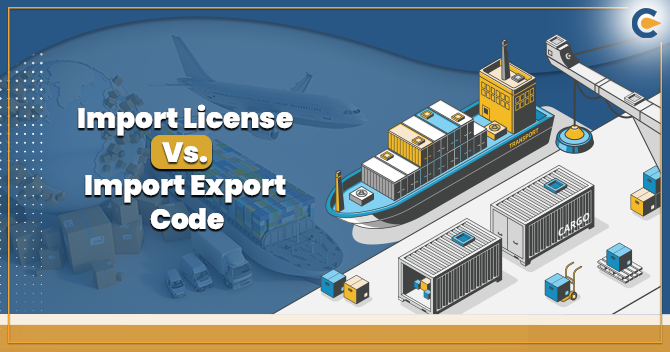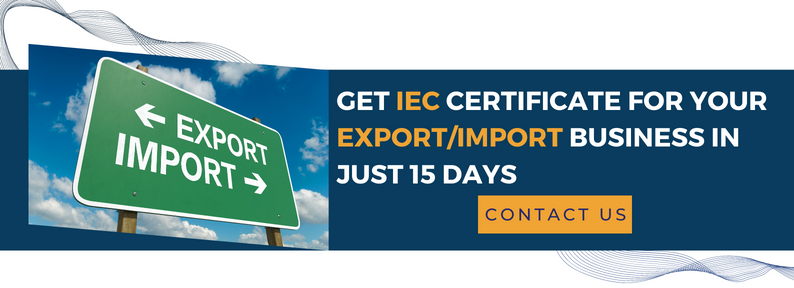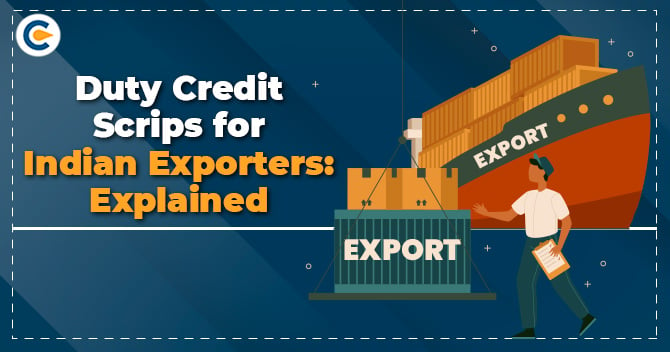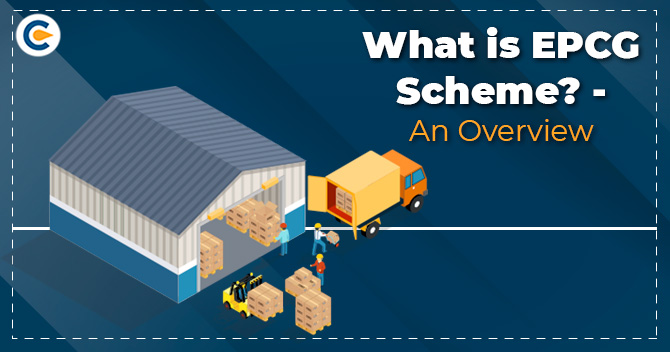Is import license and IEC certification are two different things? Indeed, import license differs significantly from Import Export Code as it serves the different purposes altogether.
The Import Export Code primarily referred as basic form of registration that every importers and exporters has to avail before commencing the business of foreign trade. It indicates that business deals in import and export cease to exist without import export code. The following section of this blog would shed some light on key differences between the import license and IEC registration.
Do You Still Need An Import License?
After the advent of the IEC registration the paradigm of import license has not been fully dissolved. The Import license is still applicable, but to a limited grounds. According, to the Directorate General of foreign trade, the individual has to avail import license/authorization in the following scenarios:-
- If the individual wants to import the restricted items listed under the ITS (HS) for the commercial purpose.
- If the individual wants to import the commodities from the United States for the commercial purpose.
In either of the cases, the import authorization from the authority is mandatory. A separate application needs to be filled by the applicant to serve the aforesaid purposes. Keep in mind that non-IEC holder cannot fill these forms; meaning you still needs to secure an IEC registration to fulfill these prerequisites. The table below clearly demonstrates the primary differences between and import license and IEC certification.


Read our article:What is the IEC Registration Process in India?
What is Import Export Code (IEC), and who needs it?
The Import Export Code is a government-based registration that encloses a unique number. This number or code is allotted by the Directorate General of Foreign Trade, aka DGFT, against the successful submission of an online application and requested fees. The IEC holder reserves the exclusive right to ship the product outside the nation permitted under the EXIM policies outlined by the DGFT.
The Import Export Code continues to remain valid until the owner opts to cancel or surrender it for any reason. This is one of the key differences between import-export code and import license. The following list unveils some fundamental features of the IEC registration.
- Import Export Code comprises of 10 digit alphanumeric code.
- This code is mandated for all the entities and individual who wants to partake the ethical import and export activity.
- The Import Export Code is issued against the Permanent Account Number, i.e., PAN of the individual or the company.
- Under no circumstances, the applicant can avail more than one IEC code against the one PAN number[1].
- The process for obtaining Import Export Code is completely online. One can visit DGFT’s portal to make a web-based application for the same.
- The web-based application for Import Export Code is editable in an offline mode as well. This allows the applicant to alter the application innumerable times before submitting it to the portal.
- The Digital Signature or Addhaar OTP is mandated by the DGFT to submit a new application for the IEC registration.
- DGFT or Director General of Foreign Trade holds the authority for the issuance of the Import Export Code.
- Technically, the Import Export Code serves lifetimes without any renewal.
- Apart from legalizing the shipping process, the IEC clears the transaction stuck in the importer’s bank.
- It enables the exporter’s bank to validate the payment coming from the importer’s bank.
- Import Export Code (IEC) typically goes into the shipping documents such as a bill of lading, certificate of origin, and the packing list.
- IEC is required by the customs to clear the shipment from the ports.
Principal of Restrictions for Import License and IEC holders under the EXIM policy
Import license and IEC holder may encounter limitation on trading of goods enlist in the EXIM Policy in order to promote the followings objectives:
- Protecting the interest of the general public.
- Ensure the protection of individuals, plants, & animals.
- To safeguard the intellectual protection rights.
- Preserving the archeological value of national treasure.
- Ensuring the conservation of national resources.
- To curb the movement of weapons and illicit drugs.
Conclusion
In view of the above information, we can conclude that the Import License and IEC differ significantly from each other and both act as a doorway to international trading. In contrast, the export-import license provides the legal framework for undertaking the activities related to export and import in our country. Talk to our professional at CorpBiz and avail of best in class services import license and IEC certification. Our award-winning team would let you build the business of your dream through a holistic approach.
Read our article:How to get IEC Registration for Exporting Electronic Appliances from India?













